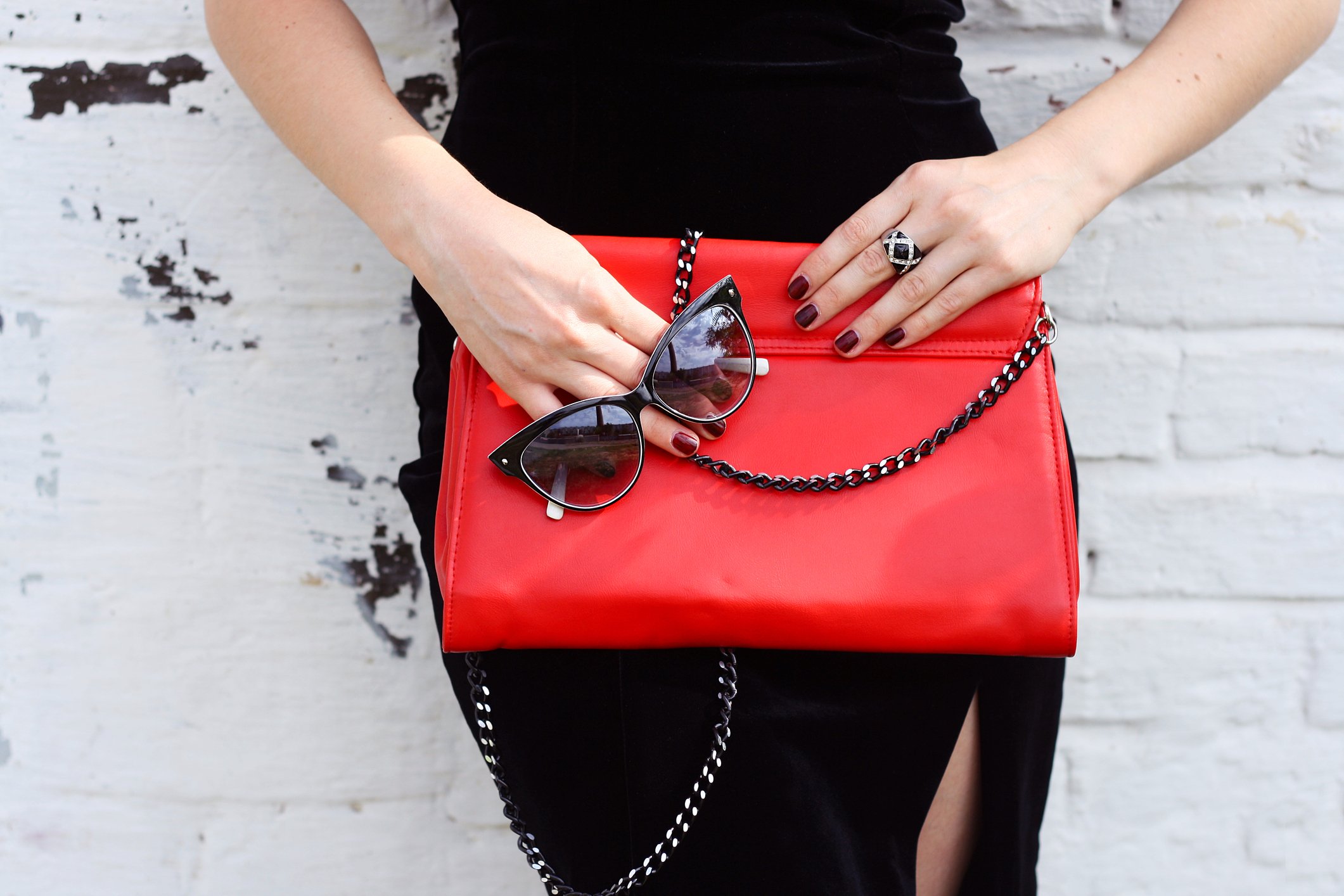Welcome to the world of Kate Spade (KATE +0.00%). A new shining dawn of black-and-white striped dresses, tote bags with "toffee apple" written on them, and comparable-store sales of 30%. Kate Spade is the last dark chocolate truffle in the empty box that was Fifth & Pacific. After shedding Juicy Couture and Lucky Brand last year, Kate Spade became the company's only meaningful brand (though it still makes jewelry under the Adelington Design Group brand).
Now Kate Spade has all its eggs in one fashionable basket and, so far, consumers are responding positively to the brand. Here are the things Kate Spade is planning for 2014 and the risks that it's facing down.
Kate Spade gets results
In the fourth quarter, the Kate Spade brand grew its comparable sales, as it did through 2013. However, its EBITDA margin fell for the full year, down to 17.6% from 20.6% in 2012. Management had planned for some of the fall, with the expansion of the brand, some distribution changes, and a change in accounting for its Japanese business. The rest of the fall was due to unforeseen weakness in the yen, which affected earnings.
Expansion is the current name of the game for Kate Spade. Kate Spade Saturday is adding new locations, bringing slightly more affordable designs to consumers. Kate Spade has said that the Saturday line set down strong roots in 2013, and built a strong business, largely on the back of its accessories sales.
Kate Spade stands alone
Although the brand is branching out, Kate Spade is still just one brand. With the whims of fashion demanding constant change, there have been very few businesses that have been able to navigate the seas without getting lost. Fifth & Pacific certainly hasn't always done it right, as the failure of Juicy Couture shows.
Rivals like Coach (COH +2.83%) and Michael Kors (KORS +0.04%) have had mixed results. Coach offers Kate Spade a cautionary tale. The business got too focused on its men's and international lines, and it lost hold of its core, North American handbag business. That's resulted in a decline in comparable-store sales at the brand's North American locations, which has offset any benefits the business has received in its other lines.
With the removal of Lucky Brand and Juicy, Kate Spade should have fewer distractions. Counterintuitively, Coach was punished for trying to diversify because it did so without keeping its main focus on its main product. Kors, on the other hand, has had success with all of its business ventures because it's been able to keep a sharp eye on its main demographic.
Sales rose 59% at Kors last quarter due to the business' ability to keep focused and keep its brand on top. According to a 2013 survey of searches by Google, Kors was the second most popular fashion brand, coming in just behind Versace. Coach didn't make the top 10, but Kate Spade was No. 5.
The rest of 2014 for Kate Spade
This year is going to be focused on two main objectives. First, it's going to be growing its Saturday brand. While the company has referred to 2013 as "foundational, establishing, awareness-generating and filled with learning and early traction with a new demographic," there's still a lot of room for the business to grow.
On the original, Kate Spade brand side, the company needs to focus on getting its established stores up to their operating maximum. Right now, Kate Spade's new businesses start out generating around $700 per square foot, with a goal of getting up to $1,200 after a year or so. 2014 should be a year of the business challenging that upper limit, to get more out of every location.
Due to the strong brand and the push for expansion, I expect 2014 to be a very good year for Kate Spade. This is a business that looks a lot more like Michael Kors than Coach, and that's a very good thing.








